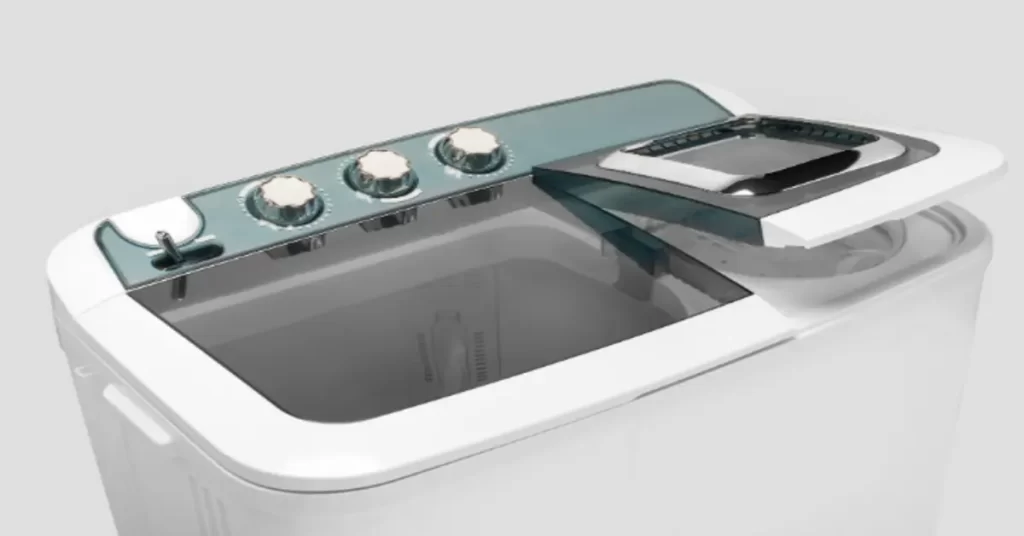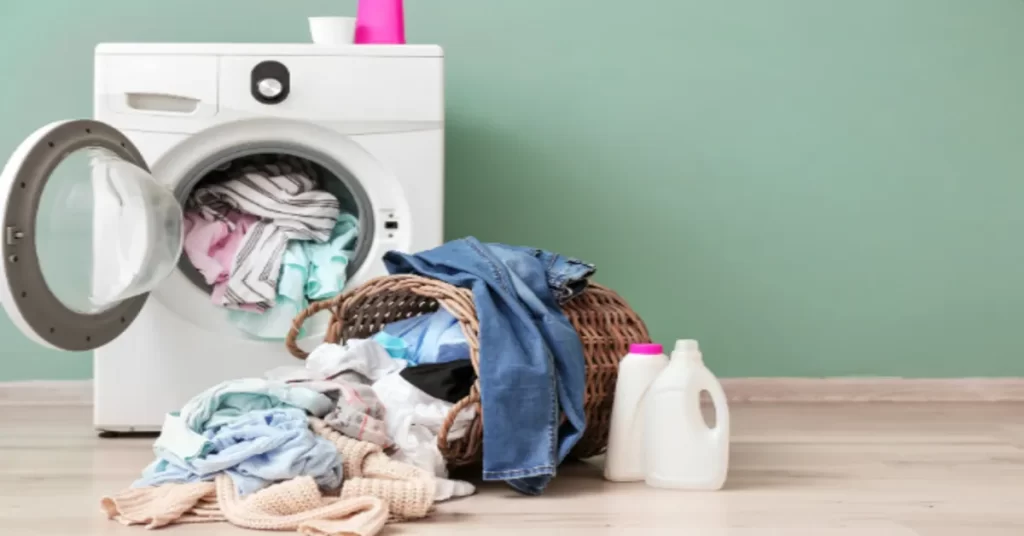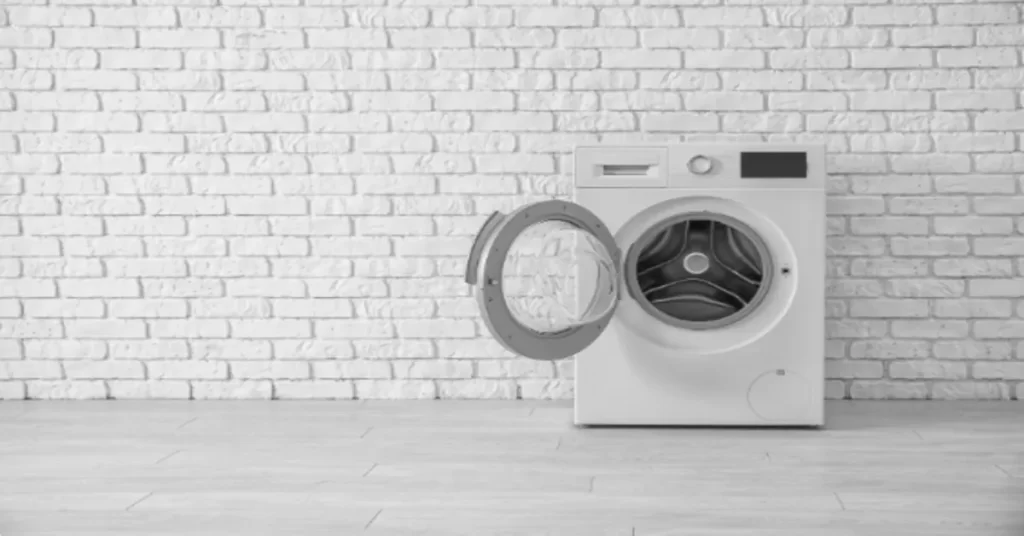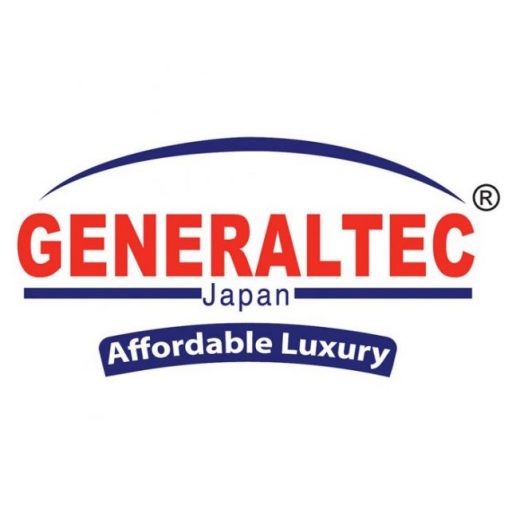How to Use a Semi-Automatic Washing Machines
Whether you live with family or on your own, having a washing machine is super important. It makes doing laundry so much easier with just a push of a button. But buying a washer can be tough! There are so many options out there, it’s hard to choose the right one. A semi-automatic washing machine is a great choice to solve your laundry problems. Let’s break down everything you need to know about this machine to help you make a smart decision!
What is Semi Automatic Washing Machine
A semi-automatic washing machine is a device that makes doing laundry easier. It reduces the hard work of washing clothes by hand. It can also help you do more laundry in less time. This machine has two tubs for washing and drying your clothes. First, you wash your clothes in one tub. Then, after the wash is done, you move them to the second tub for drying. You can control how much water goes into the machine by yourself. And after washing, you need to drain the water from the machine.
Getting to Know Your Equipment
Get acquainted with the functions of your semi-automatic washing machine before beginning the laundry process. Usually, these machines have two tubs: one for spinning and one for washing. Add water, detergent, and clothing to the washing tub; after washing, the spinning tub helps drain extra water.
Dividing and Preparing Your Laundry
First things first, organizing your clothes is essential to a good wash. Sort comparable objects together according to color, kind of cloth, and degree of soiledness. This keeps colors from blending and guarantees that fragile materials are handled carefully.
After sorting, immediately apply a suitable stain remover or detergent to the problematic areas to pre-treat any stains. Before adding items to the washing machine, let the treatment sit for a few days.
Loading the Washing Machine
It is now time to load the washer once your laundry has been sorted and pre-treated. Depending on the amount of the load and the machine’s capacity, open the washing tub’s lid and add water. As for the suggested water level, refer to the manufacturer’s instructions.
Then, depending on the size of the load and the degree of soiling on the clothing, apply the right amount of detergent. Take care not to add too much detergent because this can result in a lot of foam and insufficient rinsing. After adding the detergent and water, carefully transfer your clothing into the washing machine. To guarantee balanced spinning later in the cycle, distribute them equally.
Choosing the Wash Cycle
There are usually three wash cycles available in semi-automatic washers: light, normal, and heavy. Select the cycle that best fits the needs of your laundry. Use the gentle cycle for fragile fabrics, and the heavy cycle for heavily soiled goods.Set the timer according to the cycle’s duration and your schedule after choosing the wash cycle. Depending on the cycle that is chosen, the timers on most machines have a range of five to fifteen minutes.
Starting the Wash and Spin
After everything is in place, switch on the washing machine and shut off the lid. Let it finish the washing cycle so that the garments get a thorough cleaning from the tub’s agitator moving back and forth.Place the garments in the spinning tub once the wash cycle is finished. If needed, top up the spinning tub with water, shut the cover, and initiate the spinning cycle. The clothing’ drying time will be shortened by the spinning action’s removal of extra water.
Final Details
Once the spin cycle is done, carefully remove the clothes from the spinning tub. Delicates should be hung or line dried, while heavier materials should be machine dried as needed. To preserve the washing machine’s longevity and functionality, don’t forget to clean it after every usage.You can easily attain cleaner, fresher clothes and speed up your laundry routine by learning how to use your semi-automatic washing machine. Laundry day may become a straightforward and effective chore with the right handling and attention to detail.














